Yoga for thyroid conditions
By Jessah Robinson, Adv Dip (Nut Med)
The thyroid is a small butterfly-shaped gland in the throat that manufactures two hormones: T3 and T4. Thyroid hormones are responsible for controlling the basic activity of each cell in the body, including metabolism, growth and development.
Yoga is an exercise that helps to reduce stress. A 2017 study that was published in Frontiers in Human Neuroscience found that yoga reduces the symptoms of stress and improves overall wellbeing.
Stress is often linked to thyroid problems. Because of this, yoga may be beneficial for thyroid health. Two of the most common thyroid conditions are:
- Hyperthyroidism: This is when thyroid hormone levels become too high, causing metabolism and all body processes to speed up. Symptoms include: shaking hands, mood swings, tachycardia, heart palpitations, trouble sleeping, unexplained weight loss, increased sweating, increased appetite, heat sensitivity, diarrhoea or frequent bowel movements, light or missed periods, brittle nails, weakness and shortness of breath.
- Hypothyroidism: This is when thyroid hormone levels drop below normal, causing metabolism to slow down and energy levels to drop. Symptoms include: fatigue, unexplained weight gain, decreased appetite, cold sensitivity, bradycardia, depression, poor concentration, poor memory, loss of libido, dry skin or hair, constipation, slow reflexes, muscle weakness, fluid retention and infertility.
A 2016 study that was published in the Journal of Complementary and Integrative Medicine found that 6 months of yoga practice helped to improve cholesterol levels and levels of thyroid-stimulating hormones (TSH). This reduced the need for thyroid replacement therapy in women suffering from hypothyroidism.
Beneficial yoga poses
The following yoga poses are good for stimulating the throat, which can improve circulation, as well as stretching and strengthening the neck where the thyroid is located. It is important to only hold yoga poses for as long as feels comfortable. Each of these yoga poses are easy to practice at home with a yoga mat.
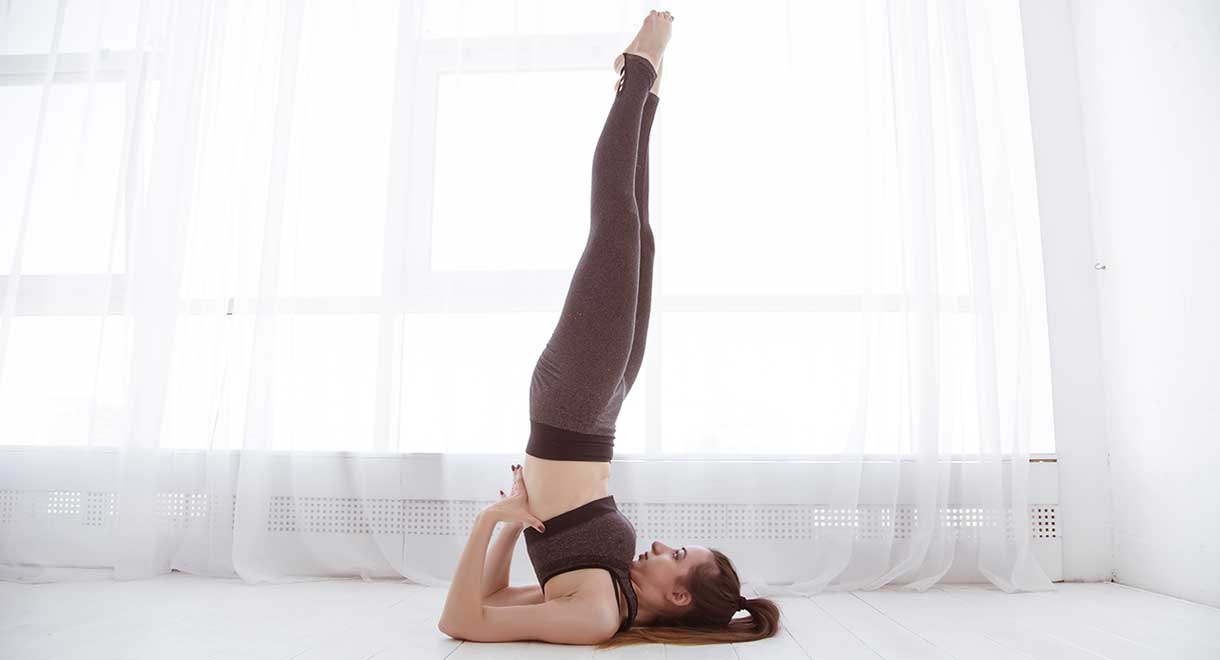

1. Supported shoulder stand
This pose requires being upside down, which is known in yoga as an inversion. Inversions help to increase blood flow to the throat, and yoga researchers believe this helps to stimulate the thyroid.
To achieve this, you must lie down flat on your back with your arms and back firmly to the floor. Breathe out and lift legs up, pushing up onto your shoulders and pushing hands into your lower back to support hips. Ensure stomach is pulled in so your core is strong. Hold your body and legs in a straight line from the shoulders, keeping your chin tucked into the chest. Breathe deeply three times, then lower legs slowly back down, keeping core engaged.
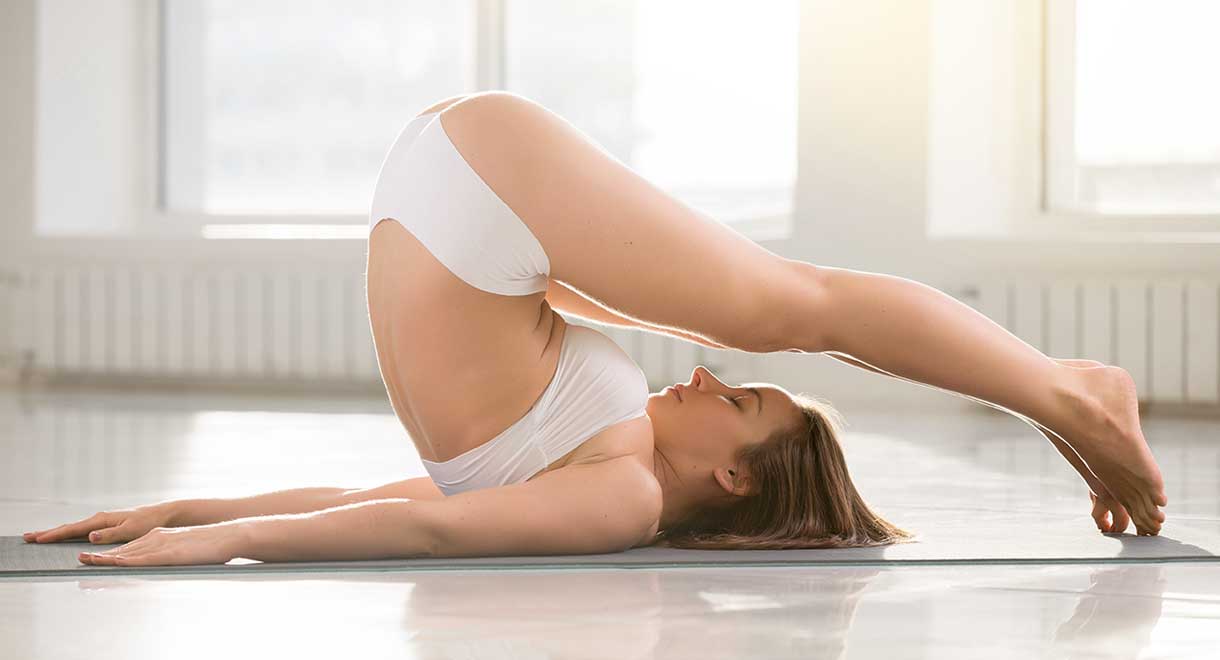

2. Plow pose
To do this pose, individuals should begin in the same way as if they are doing a shoulder stand. But rather than holding the legs up in a straight line from the shoulders, they should bring the legs right over and behind their head. Toes should be rested on the floor behind their head, with their hands placed face down in front of their head. Breathe deeply three times and bring the legs back above the head, slowly lowering legs back to the floor ensuring your core is engaged.
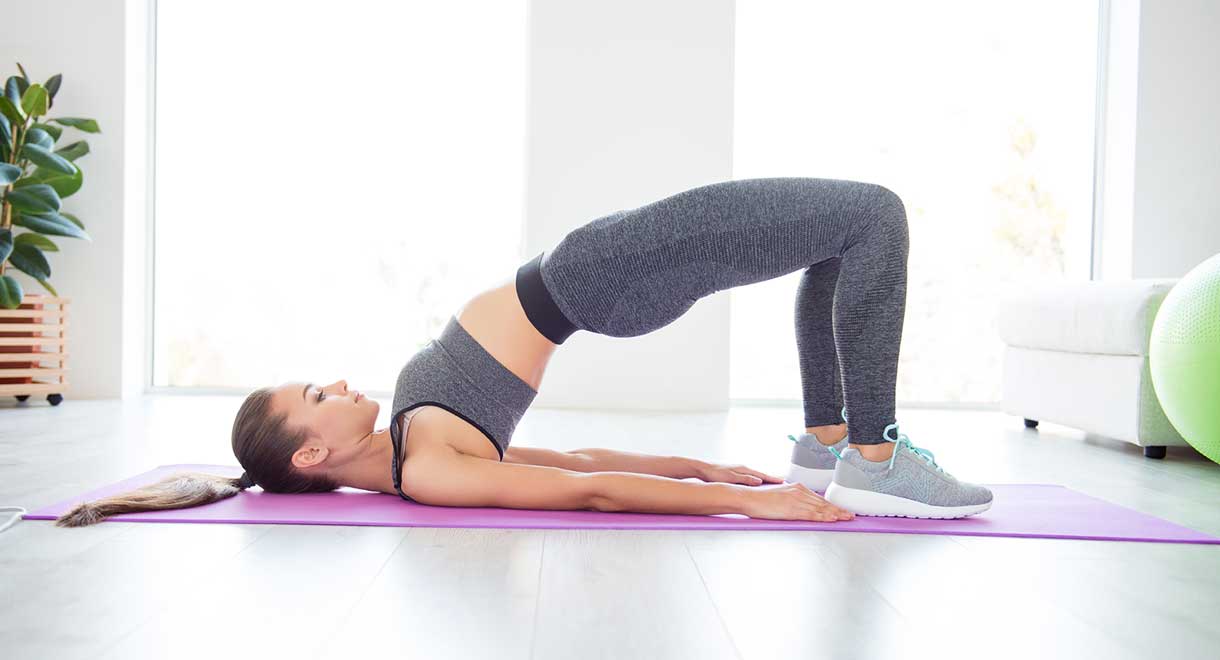

3. Bridge pose
This pose is good for strengthening the back and may also help promote thyroid health. To achieve this pose, a person should lie on the mat with their back to the floor, drawing feet in towards hips. Keep feet and knees aligned with hips, with arms by the sides of the body and palms pressed to floor. Lift hips up to sky, imagining a string pulling the hips upward. If this is difficult, place palms on lower back for support. Tuck chin into chest and breathe deeply three times. Slowly lower hips to come out of this position.
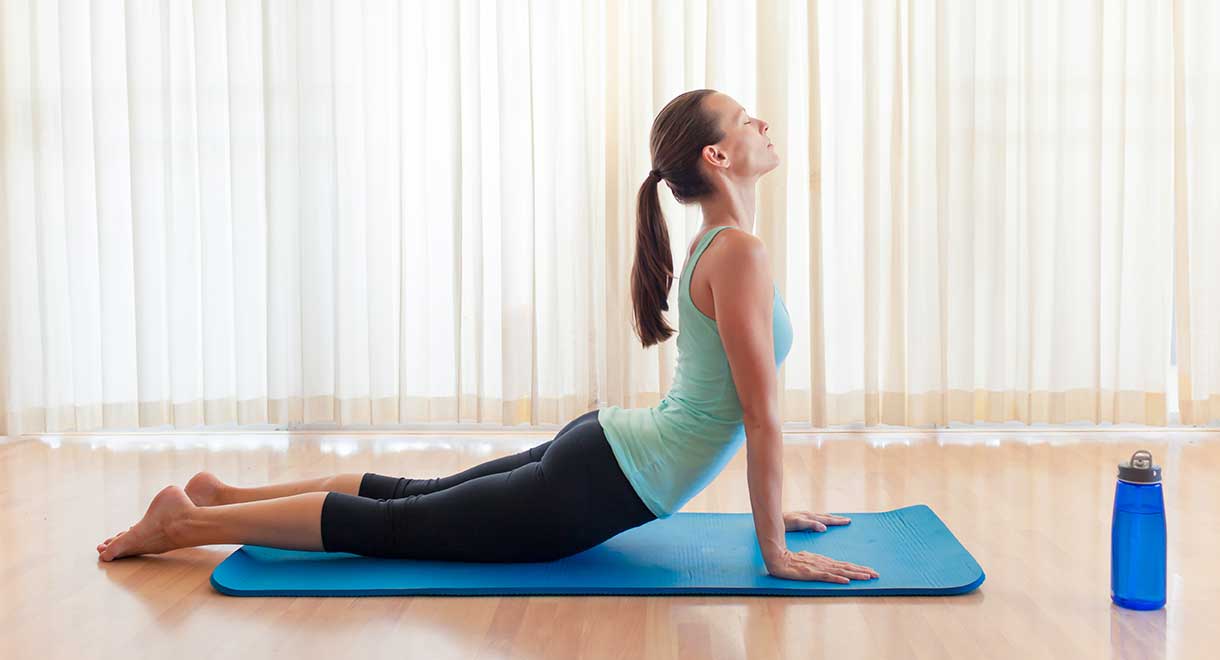

4. Cobra pose
This pose gently stimulates the throat and thyroid. To do this pose, a person needs to lay down on their stomach on the mat with palms placed on the mat under shoulders. Squeeze elbows into sides and press palms into the mat, lift head up until chest lifts off mat and back is arched. Drop head back towards the bottom if this feels more comfortable and breathe deeply three times. Slowly lower chest and head back down towards mat.
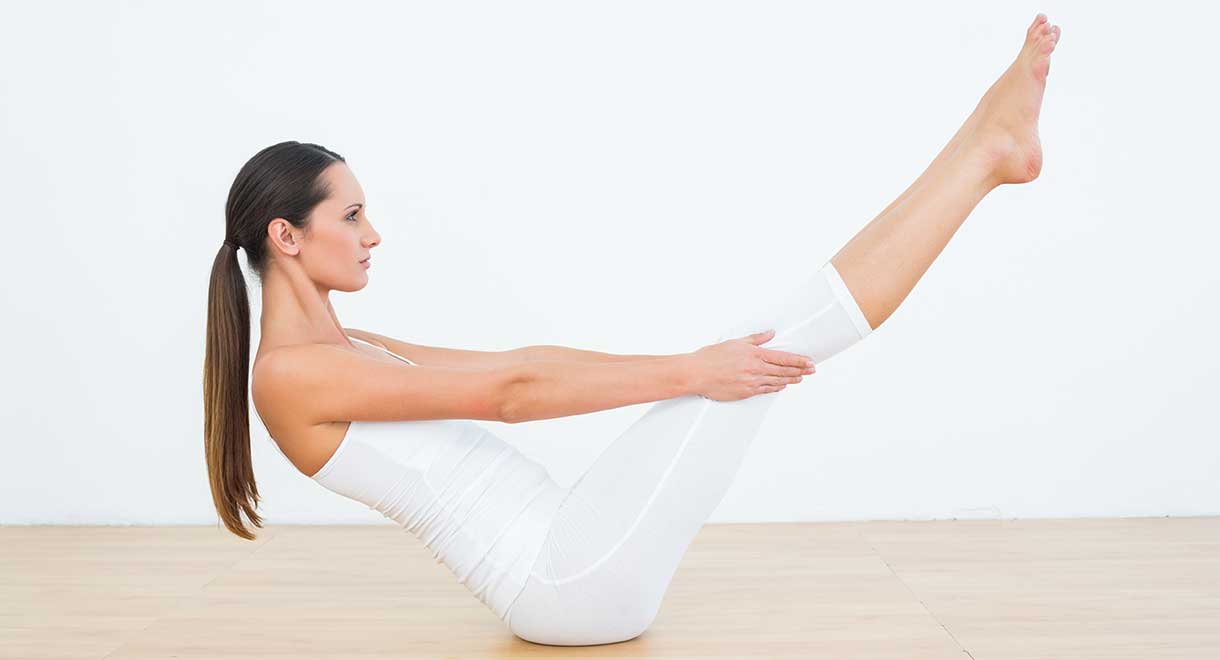

5. Boat pose
This pose is good for strengthening the core and stimulating the throat and may be beneficial for the thyroid. To do this pose, a person should sit on the floor with their legs out in front, with hands placed palm down on the mat, either side of the legs. Slowly lean back, keeping core strong with chin tucked in and back straight. Bend knees, lifting feet off floor. If possible, extend the legs and point the feet, so legs and body make a V shape. Raise the arms so they are in line with shoulders, palms should face each other with fingers extended. Breathe deeply three to five times. Bring arms and legs slowly down, hugging the legs and dropping head before releasing.
For more information on the thyroid, see Dr Cabot’s book ‘Your Thyroid Problems Solved’. Zinc, iodine and selenium are important minerals for the thyroid and are combined in thyroid health capsules. Iodine and selenium are essential for healthy thyroid gland tissue and zinc is required for thyroid hormone production. Thyroid health also contains vitamin D which helps to support healthy immune function.
References:
https://www.frontiersin.org/articles/10.3389/fnhum.2017.00315/full
https://www.ncbi.nlm.nih.gov/pubmed/27054602


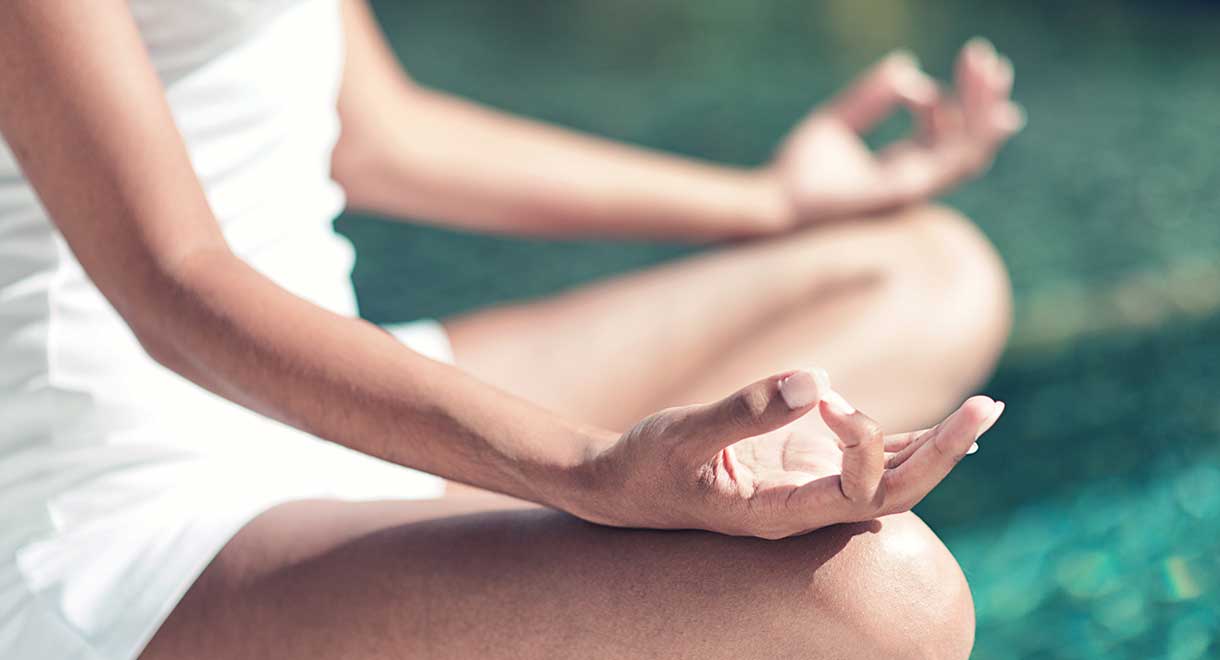

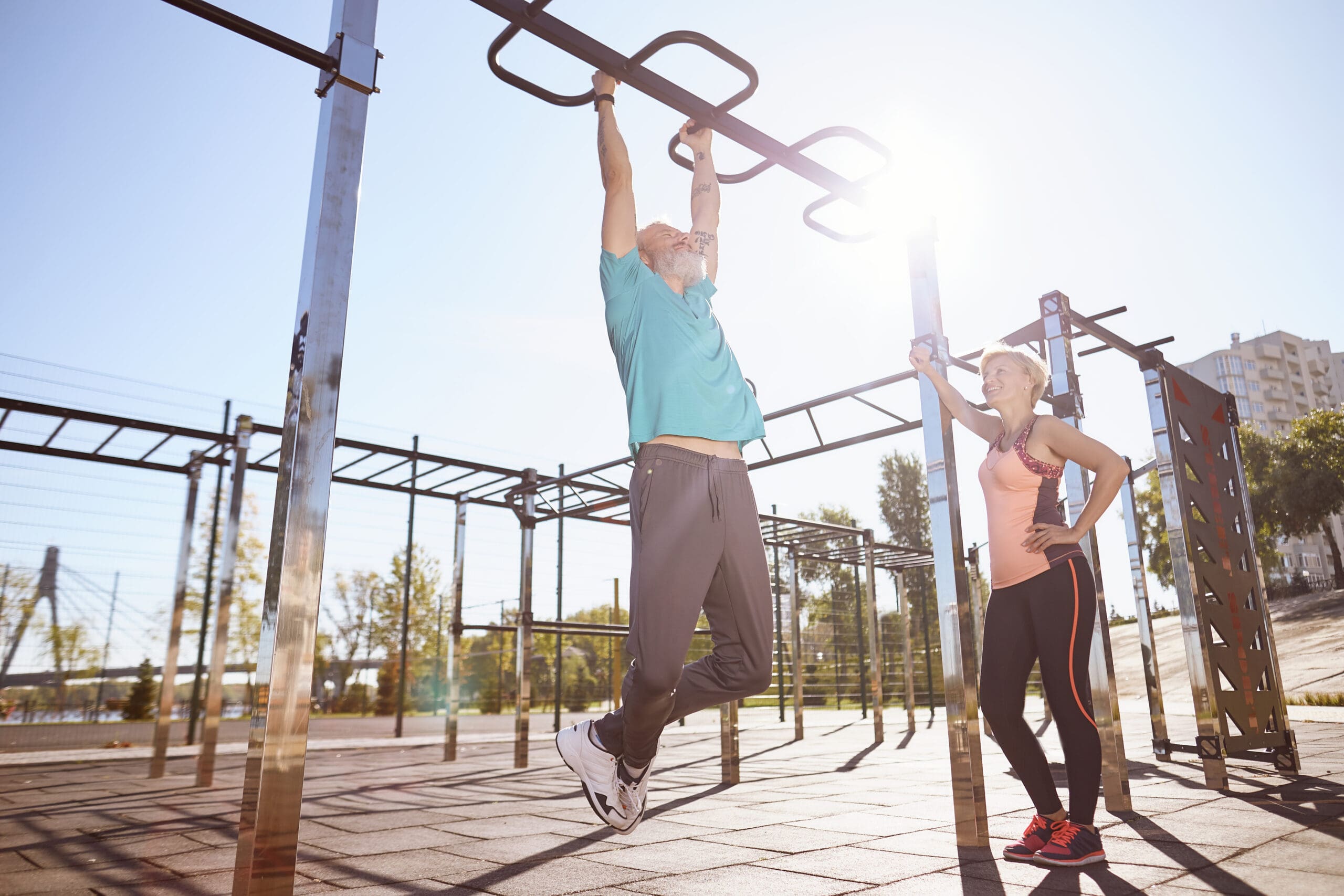


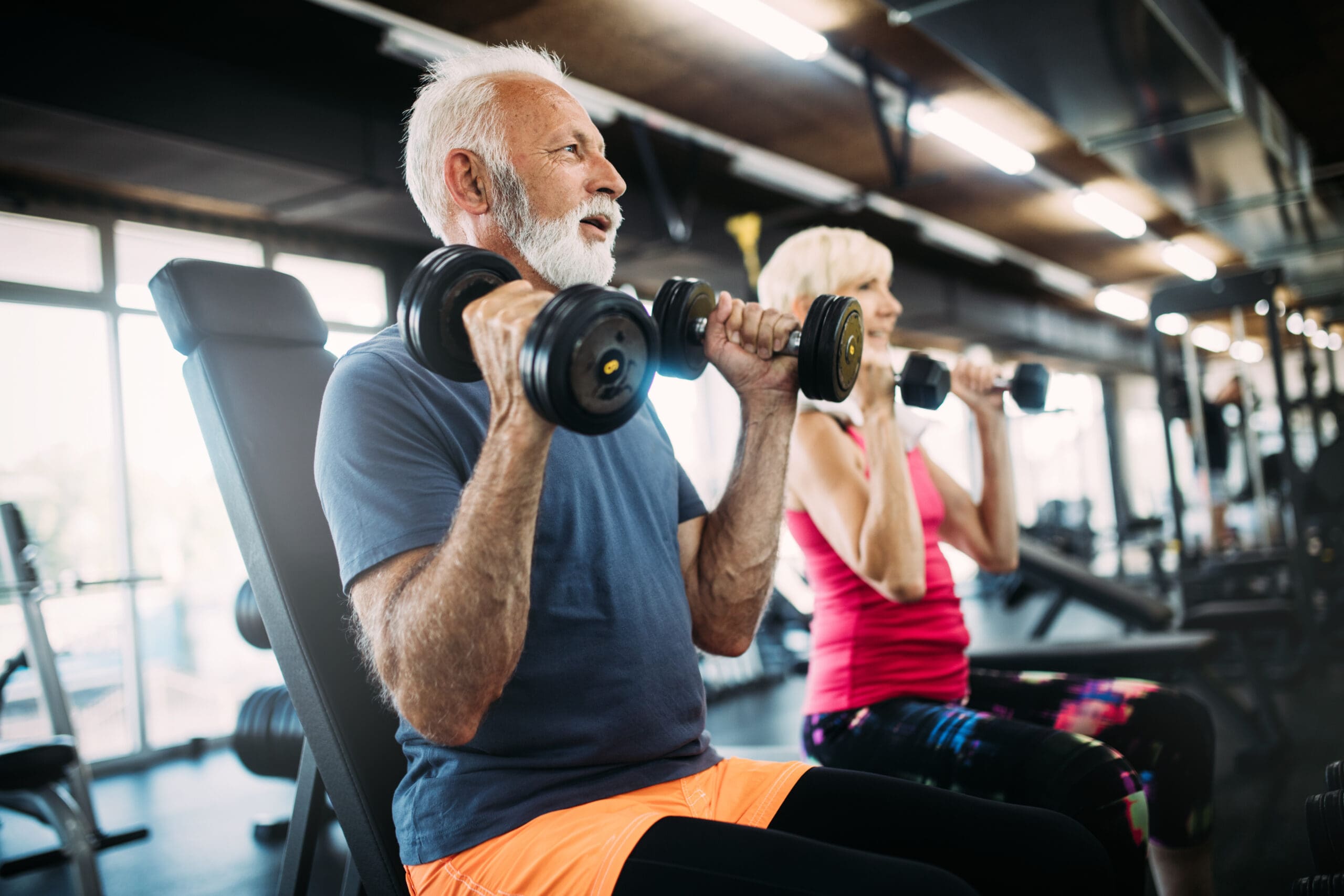

Leave A Comment